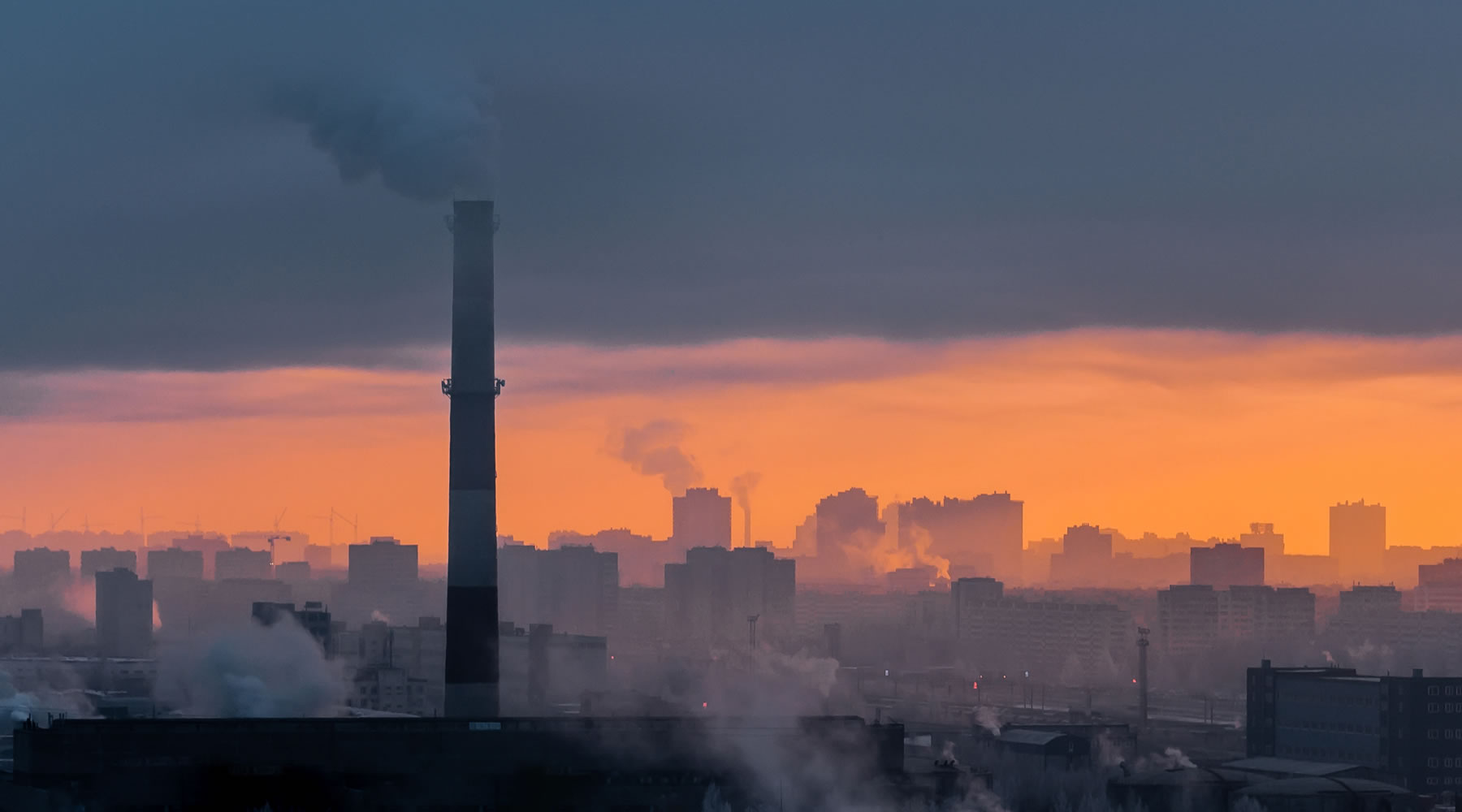The American Lung Association (ALA) just published its 20th annual State of the Air Report, and the U.S. air quality “report card” demands attention.
More than 4 in 10 Americans live where the air is unhealthy.
What does unhealthy air really mean?
Well, have you ever noticed a day when the air quality is poor and you just can’t seem to concentrate on your work? It’s not a coincidence.
A 2016 study of office workers by Harvard University found that employees performed 61% better on cognitive tasks where ventilation was improved and levels of air pollutants were reduced.
The effect on our children of poor air quality is even more pronounced and disturbing. Researchers at the University of Michigan found that children exposed to air pollution perform worse on cognitive functioning tests and have lower IQ scores.
Children exposed to high levels of nitrogen oxides (NOx) – common air pollutants generated by the combustion of fossil fuels – have been found to have significant decreases in quantitative, working memory and gross motor areas, respectively.
And the importance of clean air goes far beyond how clearly we’re able to think. Frankly, air pollution is deadly.
The 2019 State of Global Air report penned air pollution as the fifth leading risk factor for mortality worldwide. Each year, more people die from air pollution-related disease than from road traffic injuries or malaria.
Exposure to the pollution is linked with hospitalizations, disability, and early death from respiratory diseases, heart disease, stroke, lung cancer, and diabetes, as well as communicable diseases like pneumonia.
The statistics are sobering. Air pollution is undeniably detrimental to the health of communities. And although there’s been an influx of legislation over the past decade designed to help restrict toxic air pollutants, ALA’s 2019 report illustrates there’s more to be done.
The Clean Energy Revolution and its Role in Air Quality
We know clean energy is an important place to start.
According to the International Energy Agency (IEA), energy production and use are the most significant man-made sources of key air pollutant emissions.
But in an era of Green New Deal discussions, and 100% clean energy goals underway in at least a dozen U.S. states, don’t we have it ‘figured out’ in terms of how to achieve better air quality with cleaner energy sources?
Not necessarily. First, let’s level set. 63% of U.S. power still comes from fossil fuels, according to the IEA, and the average age of U.S. power generation facilities was 29 years at the end of 2016.
In some states, power generation fleets are much older still. For example, New York’s fleet of power plants had an average age of 36 years in 2017, according to the New York ISO Power Trends report.
Inefficient or poorly regulated fuel combustion are responsible for 85% of particulate matter (PM) emissions and almost all of the sulfur oxides (SOx) and nitrogen oxides (NOx) emissions, all three of which have some of the worst public health impacts.
The faster we displace those less efficient resources with renewable, or more efficient resources such as fuel cells, the better.
But there’s something else the clean energy revolution is missing – local air quality suffers when grid outages occur and dirty diesel generators sputter to life.
Power Outages Cause Spikes in Local Air Pollution
There are millions of backup generators (BUGs) installed at commercial and industrial sites across the country, and each time the power goes out, those emergency BUGs rumble to a noisy start.
Most of these BUGs use diesel as fuel. For decades, diesel generators have been the traditional choice for on-site backup power to keep the lights on when the grid fails due to their quick startup time and ability to store emergency fuel on-site.
These BUGs actually make up one of the largest sources of distributed energy, but they’re mostly restricted to providing backup power because they’re too dirty and too inefficient to run during non-emergencies.
So diesel generators are not clean enough to rely on for primary power, but we continue to start them up every time there’s a grid outage. And unfortunately for the quality of our air, grid outages are on the rise.
Ironically, as cities and states increase their reliance on large-scale, often out-of-state intermittent renewables, the risk of longer outages resulting from interruptions to transmission lines could even increase.
According to Eaton Blackout Tracker, there were more than 3,500 power outages in the U.S. in 2017, and the average length of the outage was 8 hours, double the duration from the previous year.
During each of those hundreds of thousands of outages every year, toxic air pollutants emanated locally to unwary communities. Worse still, owners of diesel generators must turn on their BUGs monthly in accordance with NFPA requirements to ensure they are in good working order, even if they have not experienced an outage.
It’s disturbing to note that a typical diesel generator exhaust includes more than 40 toxic air contaminants, including a variety of carcinogenic compounds. California Air Resources Board estimates that operation of an uncontrolled one-megawatt diesel engine for only 250 hours per year would result in a 50% increase in cancer risk to residents within one city block.
In fact, emergency diesel generators can release more air pollution than even the highest-emitting power plants.
That’s an unacceptable amount of local air pollution. And even in the midst of a clean energy revolution, diesel generators are still the most preferred power backup solution; they accounted for more than 80% of the global generators market in 2017 and in terms of market volume for diesel generators, the U.S. takes second.
As frequent extreme weather events and an aging grid infrastructure lend to a vulnerable grid, the role that diesel BUGs play in local air pollution during power outages can be overlooked no more.
Businesses have the choice of clean power sources that can both improve local air quality and provide them with reliable energy – and now more than ever they need to make that choice.
One of these clean, reliable power sources is solid oxide fuel cell technology. Solid oxide fuel cells produce power through an electrochemical reaction rather than combustion. They reduce carbon emissions relative to the grid. They also emit near zero NOx, SOx, and PM emissions in the energy generation process. Plus they’re an on-site, space-efficient power source, meaning they remove the need for backup generators and other expensive uninterruptible power supply technologies.
Every community across the globe should have clean air – and in our pursuit of a clean air future, we must not forget the role that clean energy plays 24 hours a day, 7 days a week, 365 days a year.
It’s time for businesses across the country to replace dirty diesel generators with technologies that can reduce local forms of air pollution while also providing real energy resiliency.



